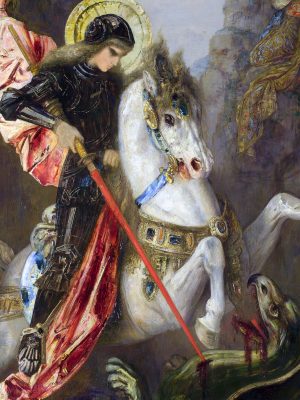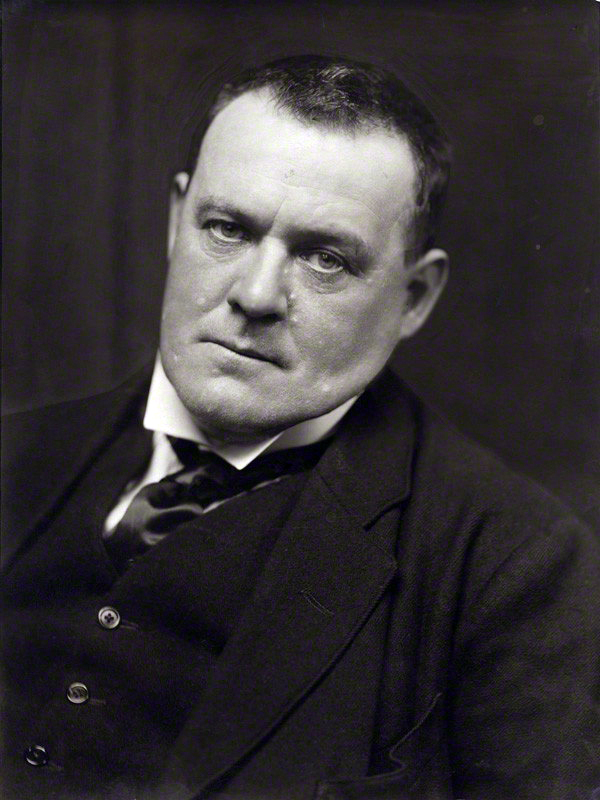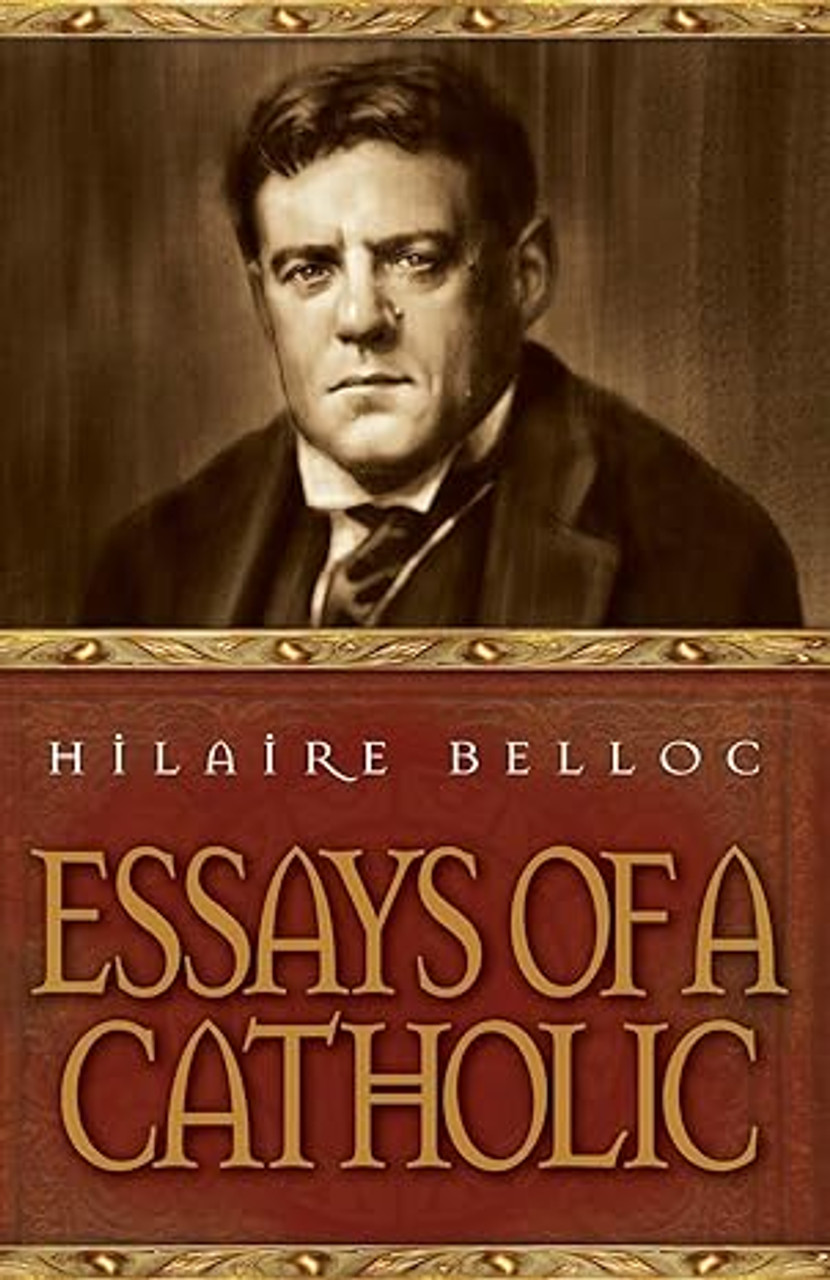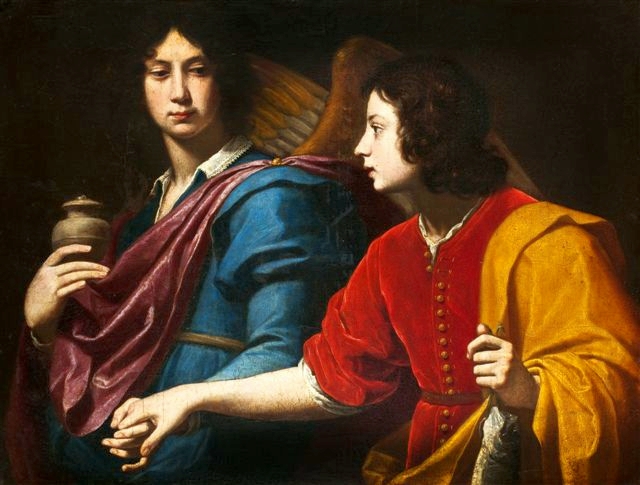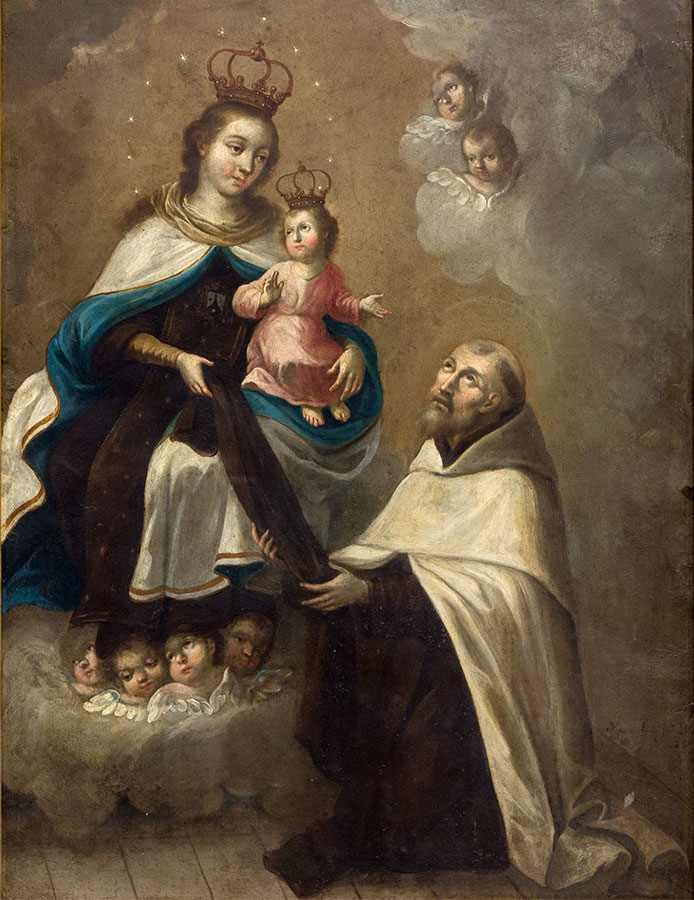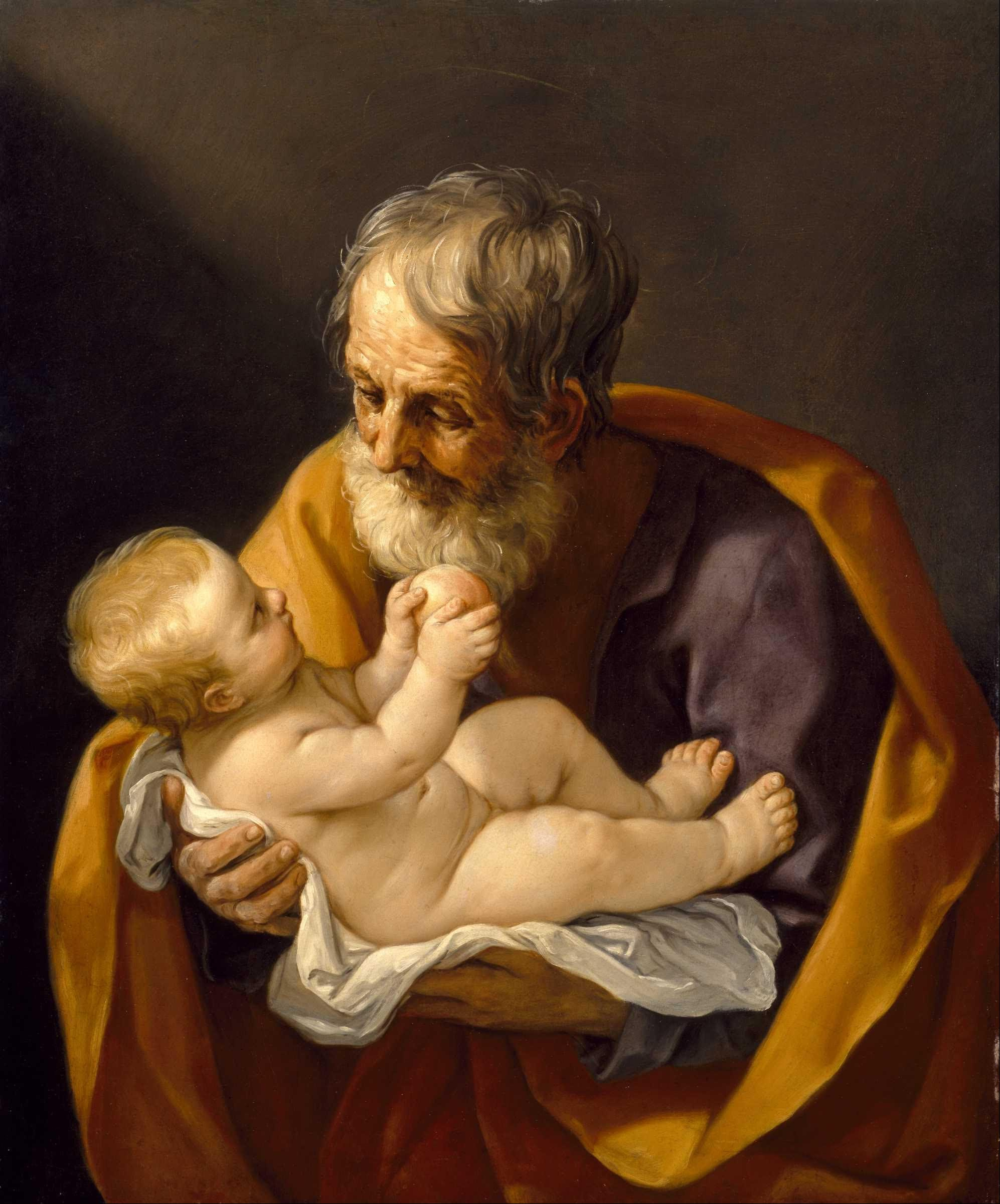Hilaire Belloc foresaw the chaos of modernity even from his time and wrote essays to heal this chaos, applying the saving medicine of Catholic doctrine to a sick world. Read on for his brilliant essay on Legend vs. Myth.
What Is Legend?
To understand what Legend is, its value and its sanctity, in many cases its nutritive value, is a strong need of our time. For our time is one in which Legend has been so much neglected as almost to fall out of use. Yet upon Legend our fathers were very properly fed, and Legend has filled all Europe with the loveliest, most permanent and most useful writings. In the place of Legend we have today what I will call Myth, that is, falsehood passing for historical truth: and how Myth contrasts with Legend, I will ask later on.
A Legend may be thus defined: It is a story told about some real person, real virtue, or real spiritual experience, and of such a quality that it illuminates and satisfies the recipient while it amplifies and gives further substance to the matter to which it is attached.
Thus a Legend may be wholly true although it contains marvelous episodes and is cast into artistic form, or it may be, and usually is, full of detail which no one pretends to be true, a mere piece of fiction; but a piece of fiction—and that is the important point!—relating to, exalting, and fixing in the mind, reality of permanent value. It is in the essence of Legend that its historical value is not in question. It has not to be believed as witness to event but as example; or even as no more than a picture which does us good by its beauty alone. We are not, in using legend, affirming a belief in a particular occurrence, but listening with profit to a story; and if the moral of the story is sound—if its effect is towards truth, goodness, beauty—that is all we ask of it. Humanity has always lived on such stories, and when a false philosophy banishes them or lets them die out, humanity is starved.
The Loss of Legends
The reason why Legend fell out of fashion, was abused and ridiculed and at last almost lost, was that men fell into a habit of measuring everything exactly and neglecting whatever could not be exactly measured. That has been the great intellectual disease of our time, and it arose from the success achieved in physical and other sciences through exact measurement.
Obviously a piece of fiction, or even a piece of picturesque truth handed down by those who were not troubling about evidence, but only about moral truth and beauty, was not acceptable to men who had fallen into this mechanical mood. They asked, when they heard of St. George and the Dragon, where the combat took place and whether the picture of the Dragon was that of a real and known beast. When they heard it was but a tale with a moral to it, they had no use for it. In the same way, an inhuman child on being told, to make him courageous and chivalrous, the story of Jack the Giant Killer, might ask to be shown the site of the Giant’s Castle on the ordnance map. On learning that there never was such a castle, the little prig would conclude, I suppose, that facing odds was silly.
Further, men’s minds can sink to a level of muddlement in which they confuse the nature of a tale. The fact that so much in Legend was not historically true, led them to call Legend of its nature a lying thing. But the neglect of Legend has led to much greater falsehoods than the use of Legend ever did.
Man Chooses to Believe Myth
Legend has taken a terrible revenge. For in its absence men have been condemned to Myth, which is the dogmatic affirmation of something false.
The generation which no longer listened to the story of the miraculous bird at whose singing one hundred years passed like one hour, came to deny immortality and eternal beatitude. That is what happens when men are starved of Legend. Therefore, we should all pray that Legend may return.
It is perfectly true, of course, that Legend may, and sometimes does, turn into Myth, and society must be on its guard against that. You have here a parallel in the degradation of images to false uses. That noble and admirable part of true religion which appears in our devotion to holy images may, by exaggeration, lapse into idolatry. But as between a contempt for holy images and some excess of devotion to them, we know very well on which side the worst evils of society are prone to arise.
When a Legend becomes a Myth, that is, when what is undoubtedly not historically true is affirmed to be historical truth and used as such in policy and practice, then you have something evil. But you have a much more poisonous evil when the mind has come to despise instinctively almost any story that is beautifully and spiritually true and illuminating, merely because it may not be historical.
Legend ranges from the fairy story at one end of the spectrum to the exquisitely told and admirably illustrated true anecdote at the other end; while in between lies the great mass of legends which have in them a greater or less proportion of historical fact, but nearly always the same proportion of value to holiness and right living.
What Is Myth?
The word “Myth” can be, and is, used in all sorts of ways. I am here using it in a definite and limited sense: “False history passing as true.”
It is an evil, and a particularly noxious one, for it gives false leadership.
I have seen one very monstrous Myth reach maturity in my own lifetime, and before my own eyes explode. That was the Myth of Natural Selection. The enthusiasm which supported it and gave it the atmosphere in which to grow was no-Goddism. Natural Selection was believed to have got rid of the necessity for a Creator. Though many who accepted it were innocent of such a motive, that was the driving power. Well, it has burst. And a great relief it is to be rid of its presence. It is no longer received. Patriotism and a dislike to confessing error leaves it, especially in this country, some belated supporters; but general opinion has found it out.
Let us hope—against hope—for a similar fate to attend other Myths; especially the worst Myths of official anti-Catholic history. Let us hammer to ruins the Myth, but let us piously cherish the fine Legend.
ooo
This article is taken from a chapter in Essays of a Catholic by Hilaire Belloc which is available from TAN Books.


